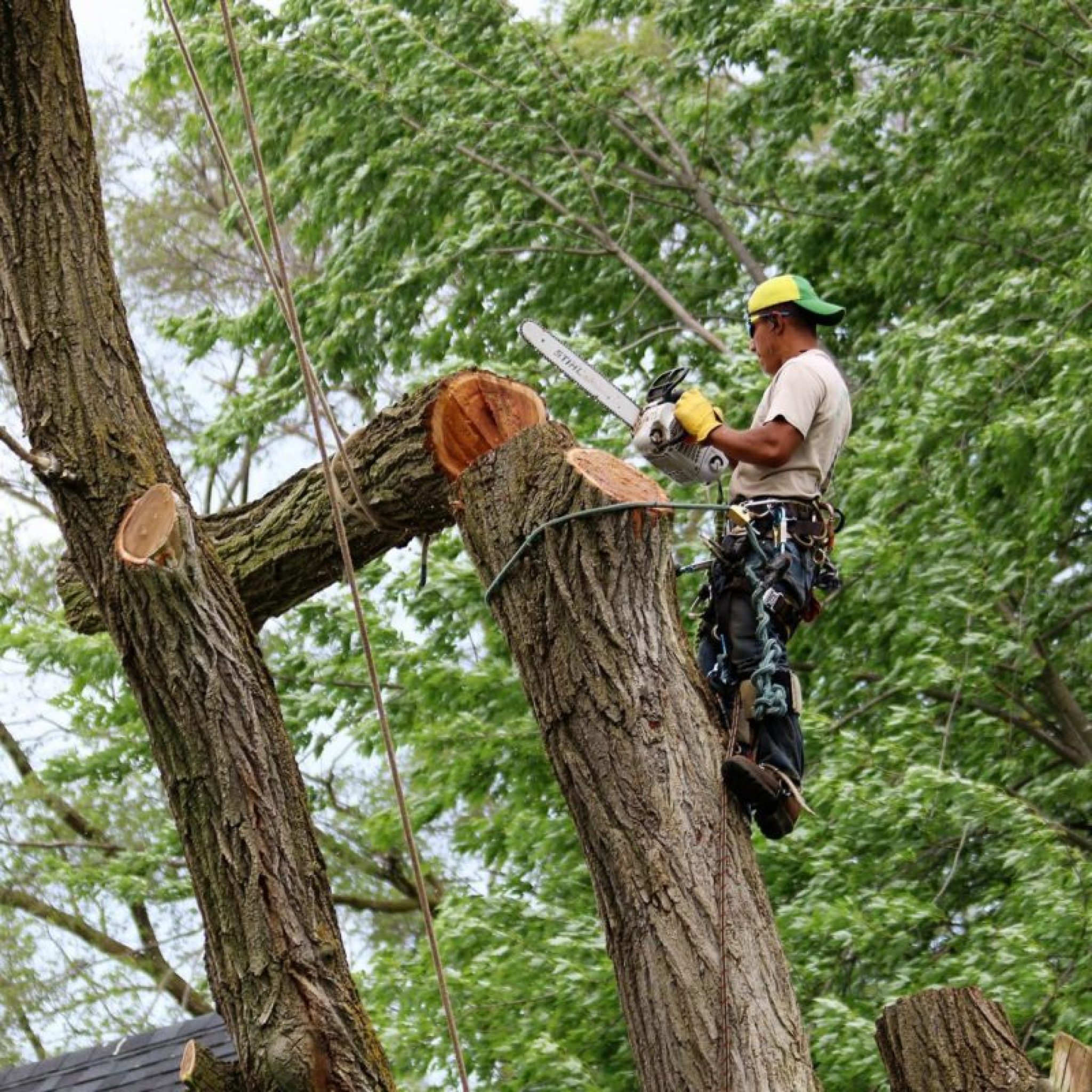As we consider maintaining the vitality and beauty of our landscapes, two professions that may come to mind: arborists and landscape architects. Although each play crucial roles in enhancing external areas, their specialties and emphasis differ significantly. Recognizing these differences can help property owners make informed decisions about tree care and landscape management.
Certified arborists are trained tree care workers who have an extensive knowledge of tree biology, health, and maintenance. Their training enables them to manage everything from trimming trees and disease diagnosis to hazard evaluation and hazardous tree disposal. On the other hand, landscapers focus on the visual elements of landscapes, including planting, creative design, and care of landscape features and lawns. Through acknowledging the specialized services and expertise offered by arboreal experts, landowners can fully recognize the importance of employing a qualified expert for tree-related needs. spintax
Value of Licensed Arborists

Employing a certified arborist is essential for ensuring the health and safety of trees. Certified arborists complete rigorous training and education, arming them with the knowledge and skills necessary to evaluate tree conditions accurately. This expertise enables them to make educated decisions regarding tree care and maintenance, which can greatly impact the longevity and vitality of trees. By opting for a certified professional, homeowners and property managers can trust that their trees are in capable hands.
Furthermore, certified arborists are experienced in the latest tree care techniques and best practices. This knowledge equips them to perform essential services, such as shaping, stabilizing, and disease management, with accuracy. Their understanding of tree biology and ecology allows them to implement strategies that promote tree health while reducing potential hazards. This dedication to professional development ensures that they stay up-to-date with advancements in the field, ultimately supporting the trees they care for.
In addition to improving tree health, licensed arborists play a significant role in promoting community safety. They are educated to recognize potential risks associated with tree growth, such as structural instability or disease, that may pose threats to people and property. By actively addressing these issues, licensed arborists can avoid accidents and costly damage. Their skills in tree risk assessments is invaluable for urban tree care, where trees are often planted in close proximity to structures and vehicles.
Plant Care Knowledge and Solutions
Tree care professionals have specialized knowledge and training in tree care, which allows them to make knowledgeable decisions about the well-being and maintenance of trees. Their skills includes knowledge of tree biology, identifying diseases, and detecting the signs of distress or structural issues. By combining this scientific foundation with practical experience, certified arborists can recommend the most effective practices for tree health, ensuring that each tree gets personalized care based on its species, environment, and status.
One of the primary services offered by arborists is tree pruning, which goes further than simply trimming branches. Arborists use their knowledge of tree growth patterns and biology to execute pruning that promotes healthy development, increases safety, and improves aesthetics. They also conduct diagnostic assessments to identify issues such as pest infestations or diseases, providing treatment options to address these problems efficiently. This expertise is crucial, as wrong pruning or failure to care can lead to long-term damage or even tree loss.
In addition to pruning and diagnostics, arborists are key players in tree risk assessments and management strategies. They assess the structural integrity of trees, especially those near streets, structures, or in urban environments, to prevent hazards. Their ability to recognize potential risks and recommend appropriate interventions, such as cabling or bracing, contributes significantly to maintaining safe landscapes. Overall, arborists play an critical role in promoting tree health and safety, making their services indispensable for property owners and communities alike.
Comparing Arborists and Landscapers
Arborists and landscapers often collaborate hand-in-hand but focus on different aspects of arboreal and garden management. Arborists specialize in the maintenance and nurturing of arboreal structures, utilizing their knowledge of tree biology, health, and safety. They are skilled to diagnose tree diseases, perform pruning, and implement tree preservation techniques, ensuring that the arboreal structures are rigorous and secure for the local ecosystem. Garden designers, on the contrary hand, concentrate on the overall aesthetics and functionality of outdoor spaces, which includes cultivating flowers, creating gardens, and maintaining lawns.
One key distinction lies in the expertise and tools each professional uses. Arborists are armed with specific expertise about tree care, using tools such as power saws, climbing gear, and specialized trimming equipment to maintain tree well-being and security. They evaluate arboreal risk, recommend treatments for ailments, and perform complex tree removal or cutting techniques. Landscapers typically utilize tools more focused on gardening and landscaping, such as digging tools, grass cutters, and soil conditioners. While both professions necessitate physical labor, the emphasis and expertise are markedly different.
Partnership between tree care specialists and landscapers can enhance property worth and aesthetic appeal. For https://click4r.com/posts/g/21023048/pursuing-an-arborist-career-a-career-with-roots-in-the-natural-world , while a landscaper might design an appealing garden plan, an tree care specialist can ensure that the arboreal structures within that design are thriving and pose no hazard to structural integrity. Understanding the roles of each can lead to better decision-making for property upkeep and enhancement, resulting in a more robust and more attractive environment.
